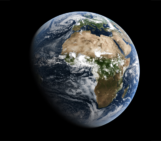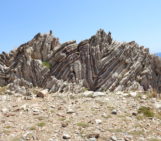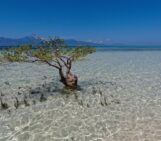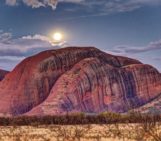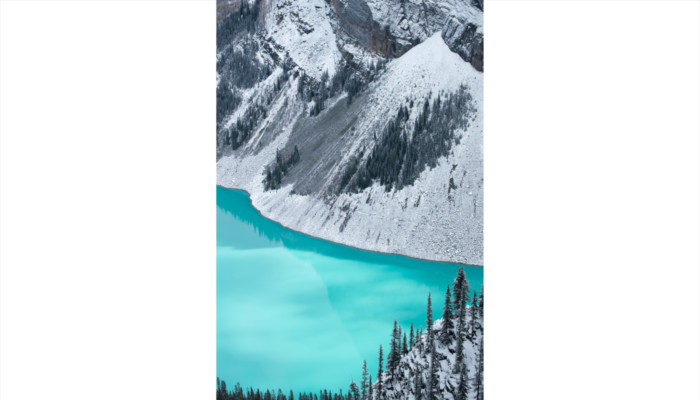
The waters of Lake Lousie in the Canadian Rockies are cold and fresh, supplied direct from the glaciers nestled in the mountains, but as the water from the glacier melts it carries with it tiny particles of rock dust that are also transported into the lake. As you can see in this image, the particulate rock matter, held in suspension in the lake, creates this beautiful pale turquoise colour, that contrasts with the stark white and grey of the surrounding landscape.
The colour is created by the particulate rock material called ‘rock flour’ floating right near the surface of the lake, which can result in various colours depending on the rock type and what body of water it enters into, ranging between milky white, light grey or brown, deep blue-green and turquoise, with the striking blues created by light being reflecting back from the shallow floating particles. Late summer can be the best time to see these colours as the glaciers enter their periods of strongest melting, but this comes with a warning for the future. As the glaciers continue to experience extreme melting, particularly recognised in places like the Alps this year, the brilliant colours of glacial lakes may become a thing of the past, as researcher Janet Fischer found when at the University of Calgary, saying “due to climate change, future generations may not be able to enjoy the same beautiful hues of mountain lakes”.
Turquoise glacial lakes like this one are not unique to Canada, but can be found all over the world, from Norway to Chile, when the conditions are right.
Photo by Manon Berger, description based the one on imaggeo.egu.eu.
Imaggeo is the EGU’s online open access geosciences image repository. All geoscientists (and others) can submit their photographs and videos to this repository and, since it is open access, these images can be used for free by scientists for their presentations or publications, by educators and the general public, and some images can even be used freely for commercial purposes. Photographers also retain full rights of use, as Imaggeo images are licensed and distributed by the EGU under a Creative Commons licence. Submit your photos at http://imaggeo.egu.eu/upload/.

